Tinkers Steelworks Mod
Tinkers’ Steelworks Mod (1.7.10) is an interesting addon to Tinker’s Construct Mod which aims to expand upon Tinkers’ Construct with new material processing mechanics. It is mostly centered around steel processing using a new multiblock structure called the High Oven, but also adds new decorative blocks, items, and liquids, along with new recipes for other items and liquids. This mod aims to force steel to be a material that is much more difficult to obtain, as in real-life mechanics.
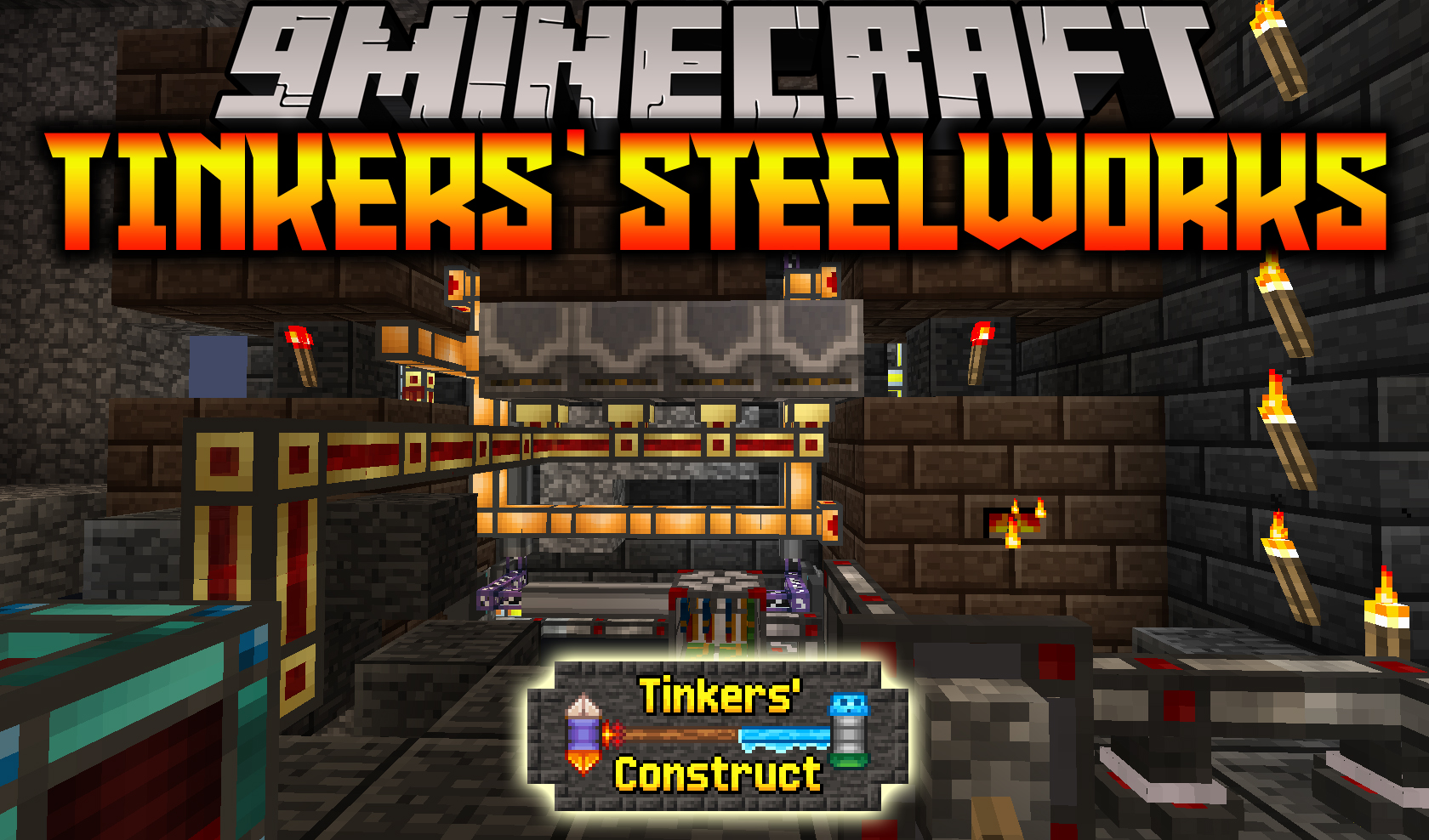
Features:
Building your High Oven​
- The Smeltery was a really fun multiblock. It let you create alloys that had several uses, and let you process your ores more efficiently. The High Oven, however, has a slightly different use. It will process your ores, in fact it will process them at triple efficiency, rather than a mere doubling that the smeltery provides, however it will not produce alloys. This can actually be advantageous if your intent is to smelt up multiple types of ores simultaneously and not accidentally produce alloys.
- Constructing your High Oven is fairly simple, however it can be a bit time consuming to get the materials. You need Scorched (not seared) bricks. These are made by pouring molten cobblestone over clay bricks. You can make this go a bit faster by pouring four cobble worth of molten cobblestone over a brick block in a seared basin, but you will need the individual bricks to make some of the components.
- Clearly, you’re going to need a controller to run the thing, just like you do with a smeltery. And, just like the smeltery’s controller, the recipe is eight scorched bricks in a chest pattern. However, your controller won’t accept any item input like you can with the Smeltery.
- You’re going to need a Scorched duct to automate the input and output of items, which can be hooked up to pipes and ducting and hoppers and pretty much acts like an inventory all around. You will need to configure your duct once you get your High Oven built, we’ll go over the gui in a bit. For now, just know that you’re going to probably want at least two ducts, one for fuel and one for the things you are going to be smelting. Depending on what you want to do, you may need more.
- A Scorched Drain will permit the input or output of liquids. Since the result of melting down ore is going to be molten ore, and the High Oven doesn’t actually DO anything with the liquid metal, you’re going to need at least one drain to empty it. If you want to generate steam, you can put water in, but don’t forget that you’ll need to reverse the direction of the Scorched Drain to permit water to flow in.
- However, you won’t need a lava tank. High Ovens run on Charcoal (or Alumentum, for the thaumatically inclined), so you don’t have a liquid fuel tank. The highest efficiency is obtained when running your High Oven on charcoal blocks rather than individual charcoal.
- Another difference between the smeltery and the High Oven is the difference that height makes in its productivity. A High Oven can be built a maximum of eight blocks tall (including the roof and floor), and I strongly suggest you do so. The maximum internal temperature of the High Oven is dependent on how tall it is, and if it is insufficiently hot inside, some metals might not melt.
- Another reason to build a High Oven tall is to have more slots working simultaneously. You see, you can put up to a stack of an ore into the High Oven per level that is between the top and the bottom. So for a maximum 8 high oven, you’ve got 6 input slots. For the smallest 3 tall oven, you only have one. It burns the same fuel regardless of how many slots it is running simultaneously, and it melts ores faster faster at higher temperatures but burns fuel at the same rate, so you are actually looking at a geometric progression of fuel efficiency, not only processing more items per fuel but processing more of each item as well.
- Besides, the structure is made out of molten cobble and clay bricks… this isn’t exactly going to break your bank. Set up a smeltery with multiple drains to process the seared bricks and block versions thereof in bulk.
So to recap:
- Scorched Brick is made by melting cobble in a Smeltery and pouring it over a clay brick on a casting table
- Scorched Brick Blocks can be produced by melting four cobble in a Smeltery and pouring it over a clay brick block in a casting basin
- Scorched Controller cannot accept items
- You will need Scorched Ducts to automate items going into or coming out of the High Oven
- You will need Scorched Drains to automate liquids going into or coming out of the High Oven
- High Oven runs on charcoal (NOT Coal), and most efficiently off of charcoal blocks
- Build it eight tall. No, really, the efficiency gains far outweigh any other consideration.
Slagging ores with extreme efficiency​
- Right, so now we’ve built our High Oven, how do we use it?
- Well, opening up the controller GUI gives us a number of slots off to the left, then three slots in the middle, and a fuel slot to the bottom. There’s also a fluid tank on the right. Also note that each of these slots has a particular symbol on them. These will be important when we start talking about ducts and automating this bad boy.
- Now, if you’re just interested in tripling your ore output, the only slots you need to worry about are the ones on the left, the fuel slot, and the molten metal tank. The other three slots can stay empty.
- You’re going to want to let your oven heat up to maximum temperature before you start shoving stuff in. Don’t worry, this isn’t the Railcraft Boiler, it won’t take hours. It’ll take probably one charcoal block to heat up to max temperature. For an 8 tall oven, that’s going to be a steel-melting 3,000 C. Of course, the ores are going to be melting at different rates, copper and tin just melt faster than iron does, but at these temperatures even iron puddles pretty rapidly. Once you consider that you’ve got six slots doing the same thing, you begin to do some figurin’ and realize that this is going pretty darn fast, faster in fact than most ore processing systems.
- So how do we automate it?
- Well, you’re going to want a pair of Scorched Ducts. When you open up the duct GUI, you’ll notice a symbol and some inventory slots. Use the left and right arrows to change the symbol to the one you are wanting. Right now, let’s talk about the input slots, since that’s what you are going to want to shove things into. So use the arrows to move over to its symbol.
- Now, it’s got an inventory, but it won’t actively draw, so it is going to need more than something like an ME Interface. An ME Export Bus will work just fine, though. For more low-tech solutions, a simple chest and hopper setup works as well. It’ll fill the six item slots in the High Oven, then use the inventory in the duct as a buffer.
- You’ll want to do something similar with the next duct for fuel. Here you’re going to be wanting to put coal blocks in that. However, if you have Thermal Expansion installed, you might also notice some Slag in the fuel slot. Make sure to pull that stuff out so it doesn’t clog up your fuel line. You may need a duct dedicated to this function. Also take care to make sure you don’t pull the coal blocks out while pulling out the slag.
Casting Call​
- Right, so now we’ve got ore melting down at a rapid rate. So what do we do with the molten metal? For that, you’re probably going to want a Deep Tank. You see, if you’re melting six ores at a time, getting three ingots worth of metal each, that’s 18 ingots of metal per cycle (as a worst case scenario if you are melting a bunch of the same type of metal). That’s a lot of fluid to be moving around. If you want your output to keep up with your input, you’re going to need a LOT of drains. It would also be a good idea to have something that moves things a bit faster than a drain faucet. I’d suggest fluiducts, personally. Don’t forget the servos or the levers or whatever you use for redstone signals.
- But the problem is that you just don’t have the surface area on your bottom level to handle that many different casting basins or tables. So we need a Deep Tank.
- Now, the Deep Tank is a fairly simple structure. You only need Scorched Brick around the edges of the top and bottom, barring one slot at the bottom for the controller. The rest can just be any type of glass. It can also be pretty big, as big as you need it actually.
- You can build the deep tank right under your High Oven. I’d suggest actually having three drains with fluiducts pouring directly from the oven to the tank to keep up with production. The Deep Tank can be a 5 x 5 structure, as tall as you need it. Let’s say you have nine different types of ores you are smelting. On a 5 x 5 structure, you could have three on each of three different sides, each one pouring into its dedicated basin. For this, I would certainly suggest Fluiducts with servos and whitelist the appropriate molten metal, but any other system of moving liquids in an orderly fashion should serve as well. I’d also strongly suggest basins, because casting tables are NOT going to keep up. If you want to automate the basins, I’d suggest either hoppers or itemducts with servos to actively pull.
- As long as you don’t get a clog in your system, it should run smoothly. If you see a backup, you can click on the various molten metals to evacuate them sooner.
Steely Temper​
- I doubt you want to hear a lecture on the Bessemer Process, or what a puddling mill is, you just want to start making steel (and a few other things as well). This isn’t too difficult to do manually, but automating it can get complicated since you’ll need three more ducts to pull it off properly.
- First off, you’re wanting to put iron, not ore, into the High Oven to make steel. We want all impurities already gone. Second, it processes iron BLOCKS just as readily as steel ingots, so it is entirely to your advantage to use blocks rather than ingots. This may or may not be a bug and may or may not be fixed in future updates. But for now, strike while the iron is hot!
- Second, you’re going to have to play with these other slots now. The top one gets gunpowder, so get to hunting creepers. The middle one requires redstone. The bottom one just needs some sand as a flux. Each one is consumed at a different rate, which can be found in the manual included in the mod.
- Once you have the correct materials in the correct slots, you’re going to need to heat this up to a high temperature. If you listened to me earlier and built it eight tall and let it heat up to 3,000 C, then you won’t have a problem. If, however, you’re operating at lower temperatures, you may be unable to get the process started. Also, since we’re making steel in pretty big batches here, it makes sense to put iron blocks in all six slots of the High Oven, so you process it six times as fast.
In Conclusion​
- I’m not aware of any other method that can produce six BLOCKS of steel (54 ingots) in a couple of seconds, so this is probably the fastest way to create steel that I have encountered so far. Considering it also consumes redstone and gunpowder, I’d also call it fairly balanced, even against gated steel construction like Railcraft. Plus there’s the infrastructure that you’ll need to be able to handle input and output of the processing involved.
- I wouldn’t call it ‘end game’, by any means, but you probably aren’t going to be building it immediately after your first ore dive. You won’t really have a driving need for this (unless you really like the efficiency ratings and ore tripling) until you have a very large income of ores to process (for example, a DW20 mining well bore, or multiple MFR Mining Lasers with four prechargers at max capacity each).
- And, of course, it can process batches of steel like nobody’s business. It can also make Nether Quartz, although it requires a supply of Essence Berries to do so. There’s even a way to pump water into it and create steam that can be pumped out.
- It’s rapidly become one of my favorite addons to one of my already top favorite mods, and a wonderful gem that was discovered courtesy of Agrarian Skies skyblock map.
Screenshots:
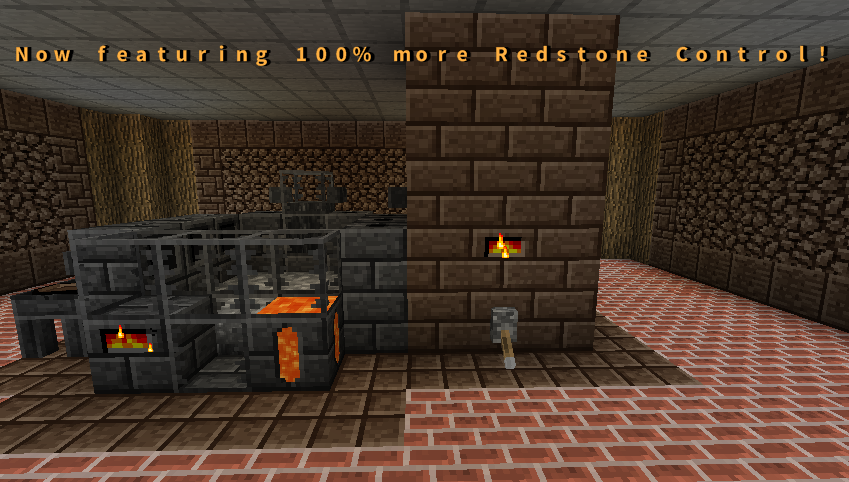
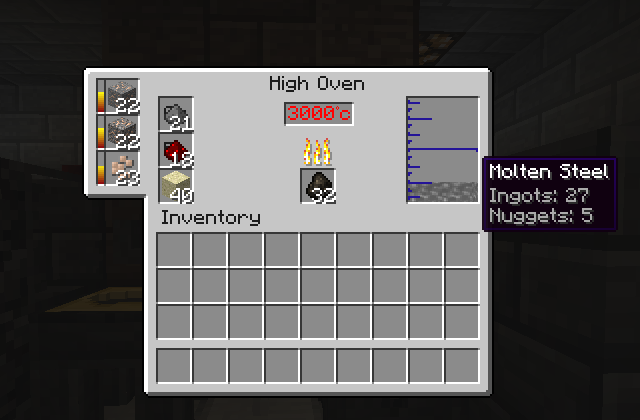
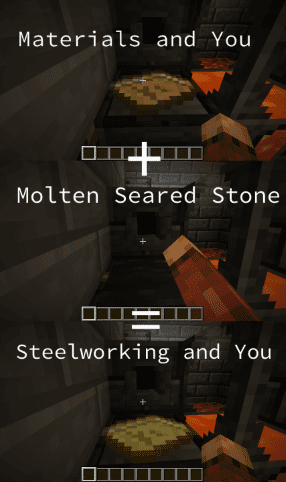
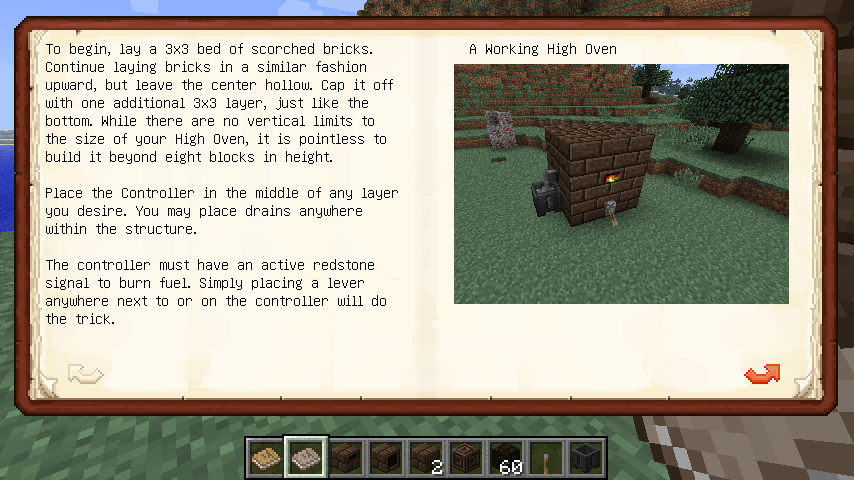
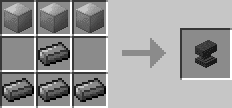
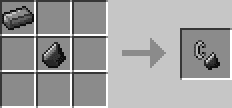
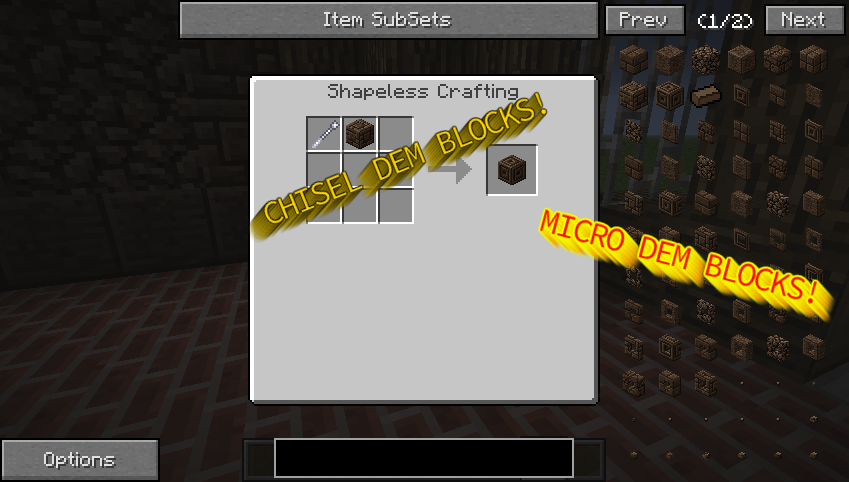
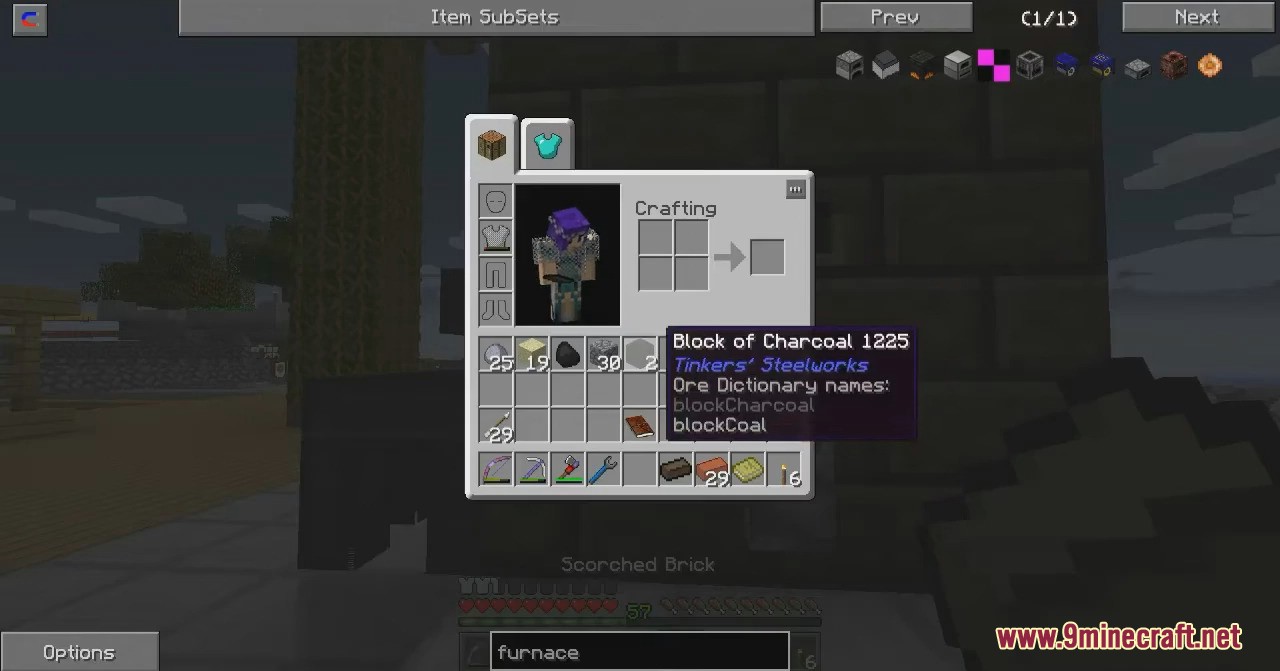
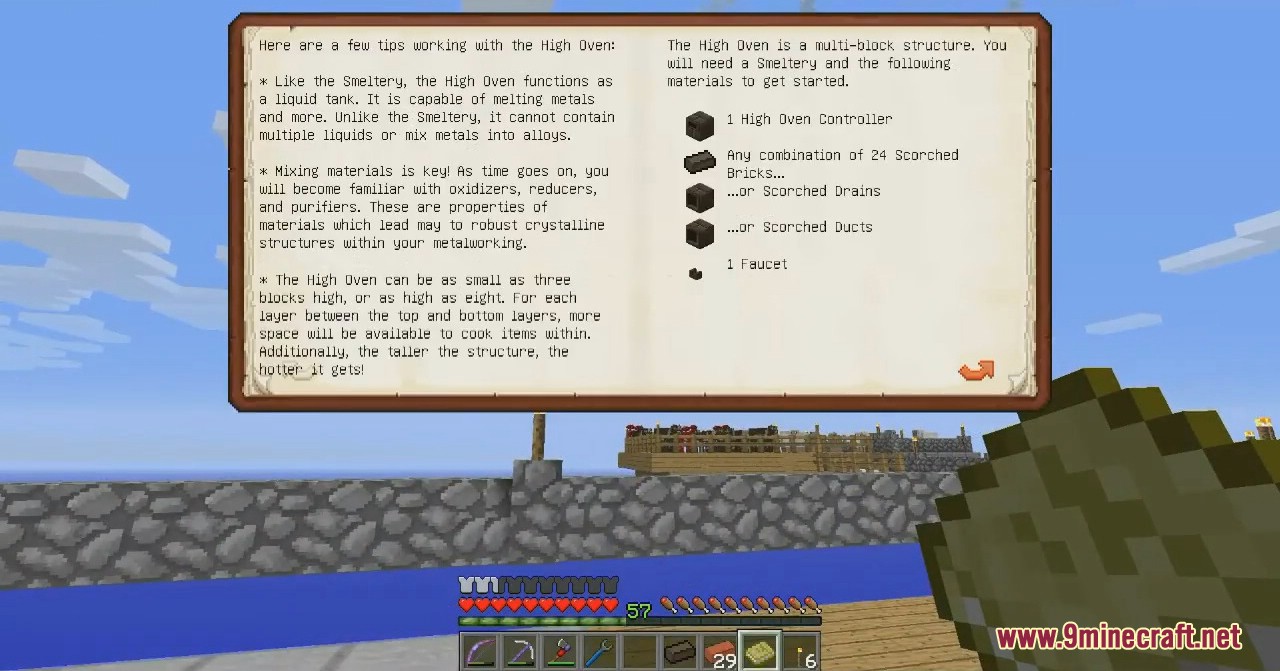
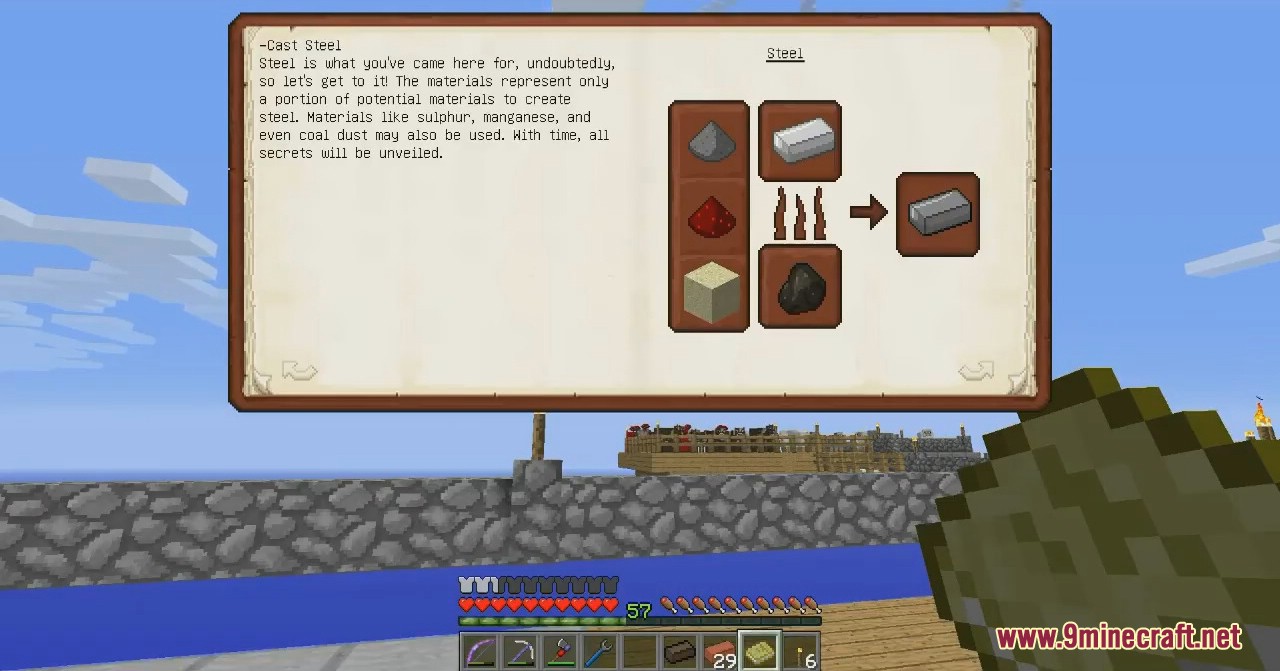
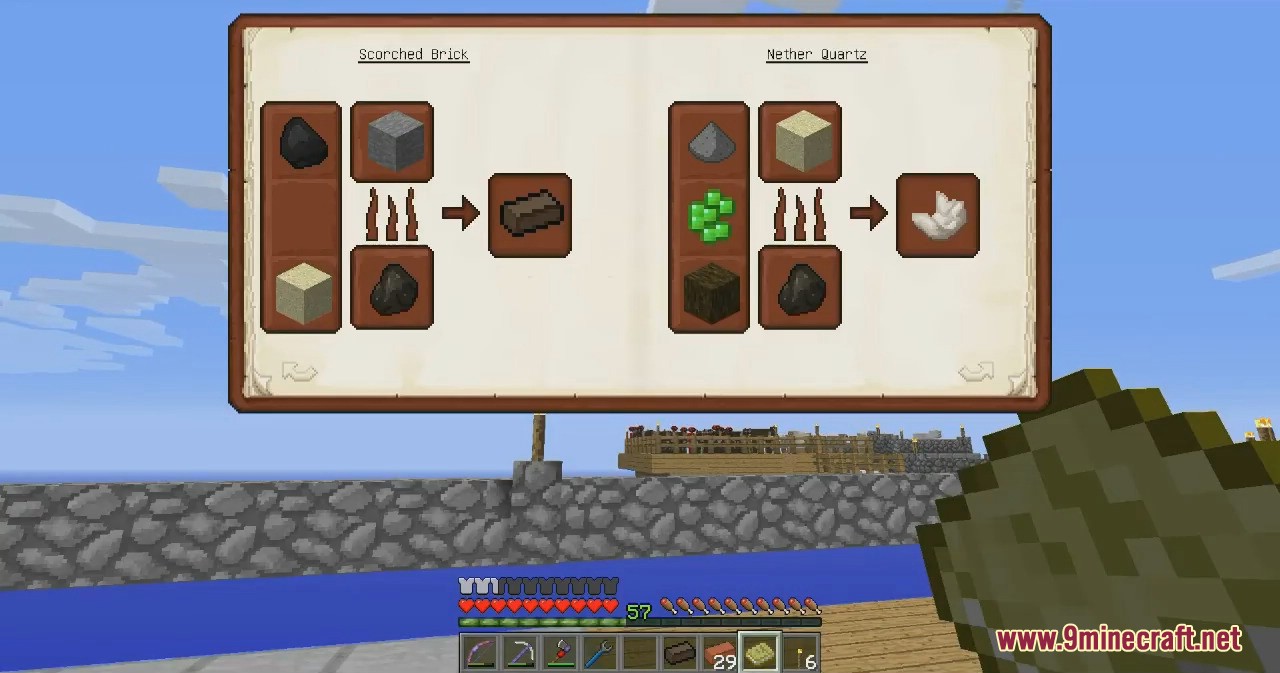
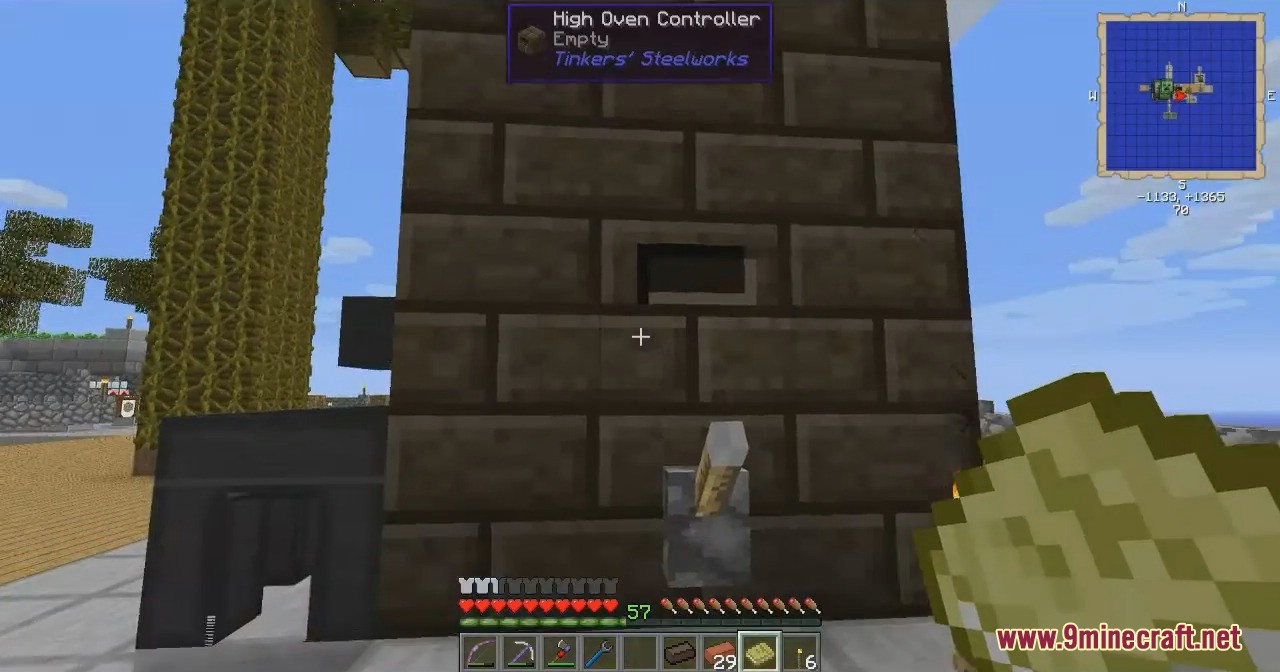
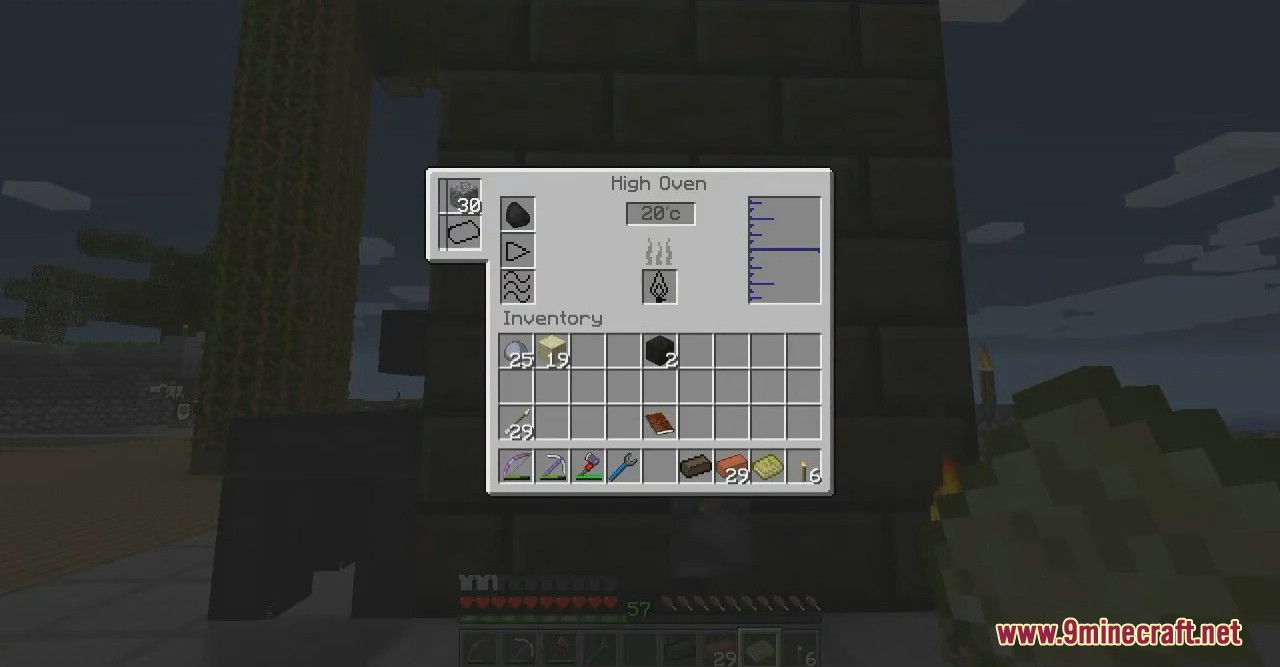
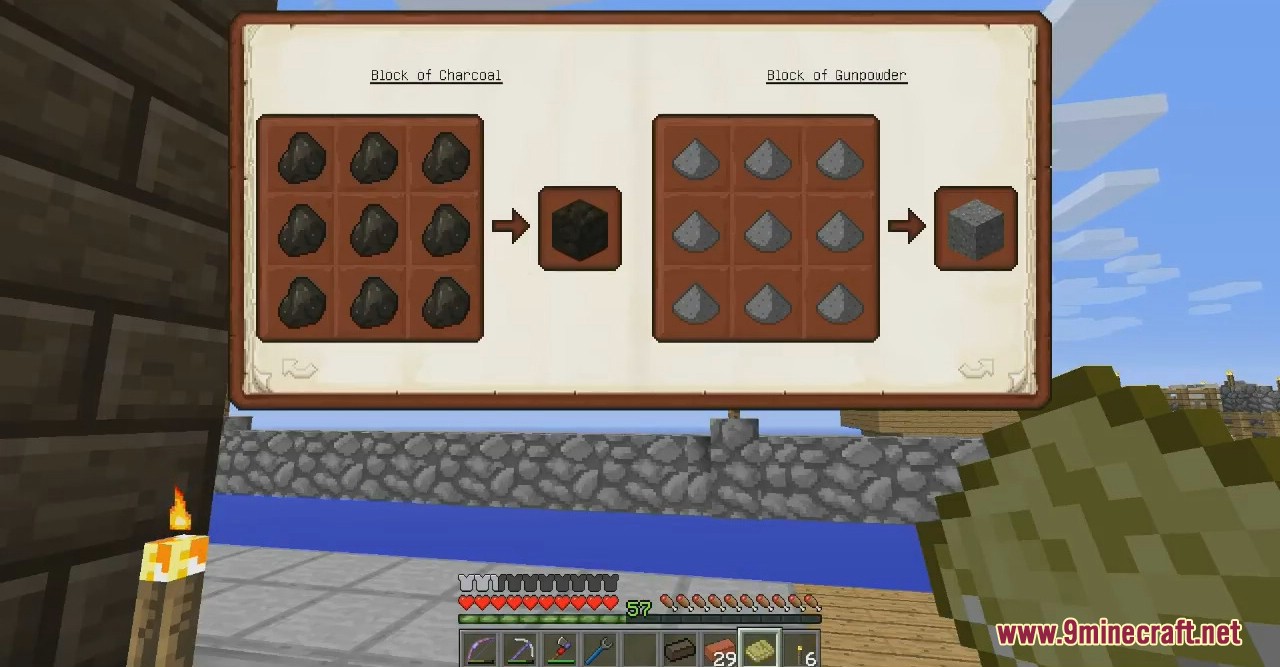
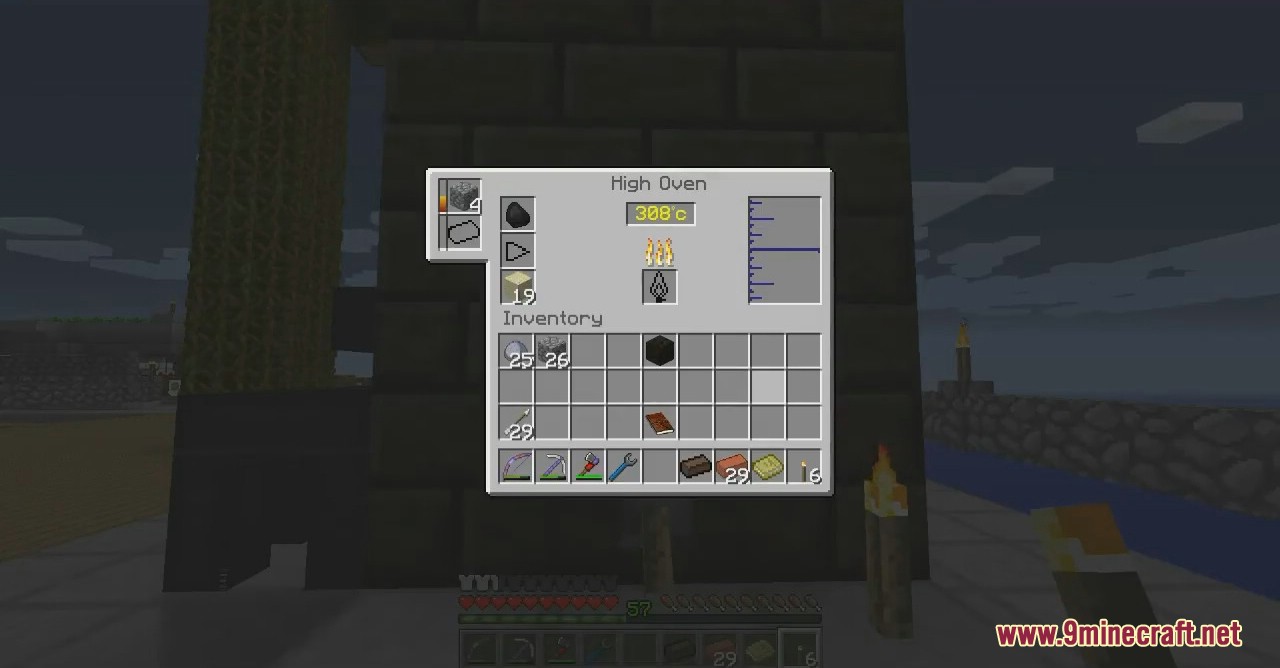
Requires:
How to install:
How To Download & Install Mods with Minecraft Forge
How To Download & Install Fabric Mods
Don’t miss out today’s latest Minecraft Mods
Tinkers’ Steelworks Mod (1.7.10) Download Links
For Minecraft 1.6.4
Forge version: Download from Server 1
For Minecraft 1.7.10
Forge version: Download from Server 1 – Download from Server 2